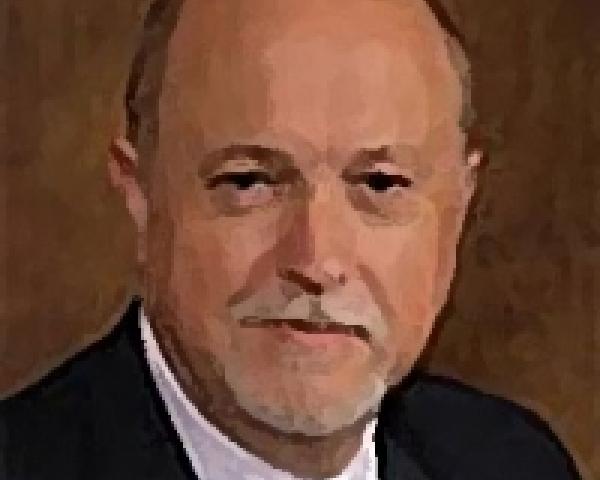Owner Controlled Insurance Program Liability Claims Challenges, Part 2
In the context of underwriting risks associated with an Owner Controlled Insurance Program, there are four critical issues: (1) marketing, (2) determining who qualifies as named insureds under the program, (3) remembering that the policy protects the contractor rather than the owner for many claims, and (4) how the liability policy interacts with other Owner Controlled Insurance Program coverages.|








